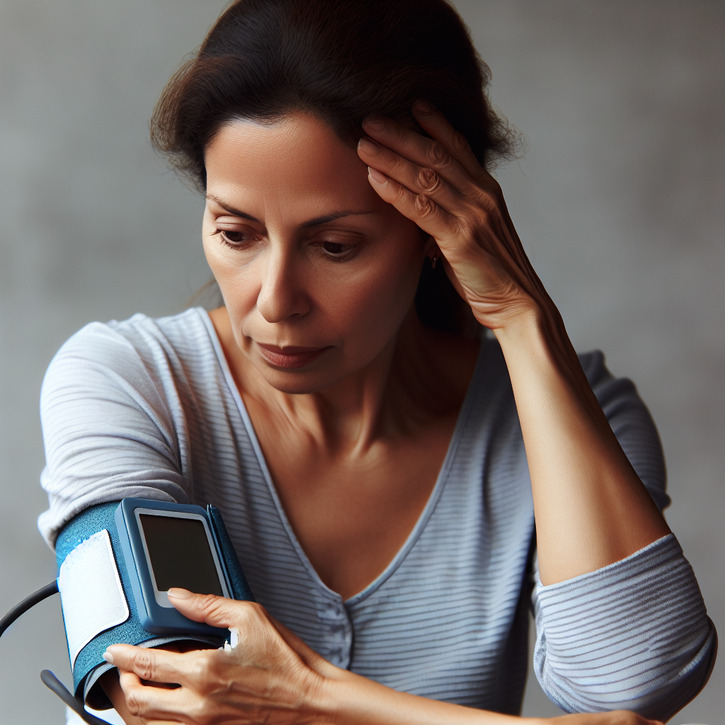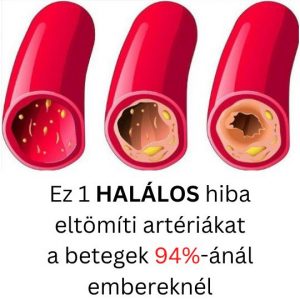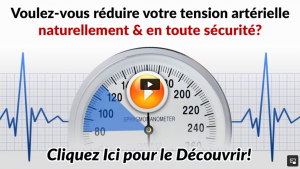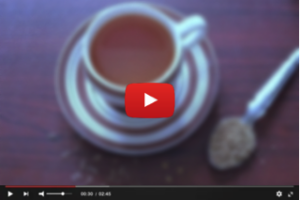The #1 Rated Blood Sugar Formula
Identifying the Signs of High Blood Pressure: A Firsthand Look

Getting to Know High Blood Pressure
High blood pressure, also known as hypertension, earns its nickname as the "silent killer" for a reason. It often sneaks up on you, showing no signs until it has already done some damage to your heart and arteries. With one in three adults around the world dealing with it, knowing what high blood pressure looks like is super important. Catching it early can literally save lives by letting you manage it before it leads to bigger health problems.
What Exactly is High Blood Pressure?
Simply put, high blood pressure is when the force of your blood against your artery walls is higher than it should be. Over time, this extra force can harm your arteries, leading to various health issues. Blood pressure is measured in millimeters of mercury (mmHg) and is usually given as two numbers: systolic over diastolic. Getting a handle on these numbers is key to knowing if your blood pressure is hitting the roof.
How Common is it and What are the Health Impacts?
The number of people with high blood pressure is mind-boggling, affecting millions globally. It's a major player in heart disease, strokes, and kidney issues. The toll it takes on health isn't just about numbers—it's about quality of life and longevity. Being aware of how widespread it is stresses the need to keep tabs on your blood pressure and manage it wisely.
Why Early Detection Matters
Catching high blood pressure early on can stop major complications in their tracks. Regular check-ups with your doctor, especially if you have risk factors, are crucial. Early detection means you can make lifestyle changes or take medications to keep your blood pressure where it should be.
Spotting Signs of High Blood Pressure
Even though high blood pressure often flies under the radar, there are some warning signs to be on the lookout for. Knowing these can prompt you to see your doctor sooner rather than later.
Headaches and Dizziness that Stick Around
If you're getting frequent headaches, particularly those dull, throbbing ones, it might be a red flag for high blood pressure. Dizziness can tag along, especially when your blood pressure takes a sudden leap. While these symptoms can come from other issues, they shouldn't be brushed off.
Feeling Winded and Worn Out
Finding yourself short of breath or feeling unusually tired even after light activity could mean your heart is struggling against the high pressure. This can lead to fatigue as your body tries to keep everything running smoothly.
Changes in Vision
Blurred vision or seeing spots could be due to high blood pressure affecting the blood vessels in your eyes. Noticing these changes should be a cue to check in with a healthcare professional to ensure your blood pressure is in check.
Picking Up on Subtle Symptoms
Aside from the more obvious signs, there are subtle symptoms that might hint at high blood pressure. Being tuned into these can help you catch it before it gets worse.
Nosebleeds and Red Face
Though not as common, regular nosebleeds and facial flushing—where your face suddenly feels warm and turns red—might be linked to high blood pressure. If these happen often, checking your blood pressure could be worthwhile.
Heart Racing and Chest Pains
Feeling your heart race or experiencing chest pain can be frightening. These signs might occur if your heart is under stress from high blood pressure. It's important to discuss these with your doctor as they could signal more serious problems.
Trouble Sleeping
High blood pressure can mess with your sleep, causing issues like sleep apnea or insomnia. If you're waking up a lot or having trouble falling asleep, keeping an eye on your blood pressure might help.
Factors That Play a Role in High Blood Pressure
Knowing what can lead to high blood pressure helps in preventing and managing it. Some factors are within your control, while others aren't.
Family History
Your genes can play a big part in your risk for high blood pressure. If hypertension runs in your family, you might be more likely to develop it too. While you can't change your DNA, knowing your family history can guide your health decisions.
Diet and Lifestyle Choices
A poor diet, too much salt, not enough exercise, and being overweight are big contributors to high blood pressure. Making healthier choices, like eating a balanced diet and staying active, can dramatically lower your risk.
Stress and Mental Well-being
Chronic stress and poor mental health can cause temporary spikes in blood pressure, which over time can lead to sustained hypertension. Managing stress through relaxation methods and seeking help for mental health challenges can help keep your blood pressure stable.
How High Blood Pressure is Diagnosed
Diagnosing high blood pressure is straightforward but needs regular monitoring. It's essential to know how blood pressure is measured and what those numbers mean.
Regular Doctor Visits are Key
Regular check-ups for blood pressure are crucial, especially if you're at risk. These visits can catch any changes in your blood pressure early, allowing for quick action.
Ways to Monitor Blood Pressure
Blood pressure is checked using a cuff around your arm. Home monitoring devices are also available, helping you keep track between doctor visits. Using the device correctly is vital for accurate readings.
Decoding Blood Pressure Numbers
Blood pressure readings consist of two numbers: systolic (top) and diastolic (bottom). A reading of 120/80 mmHg is considered normal. Higher numbers mean higher health risks. Understanding these numbers helps you gauge your risk and take necessary steps.
Long-Term Health Consequences
Ignoring high blood pressure can lead to serious health consequences. Grasping these potential outcomes highlights the importance of managing this condition.
Heart-Related Diseases
High blood pressure is a major risk factor for heart issues, including heart attacks and failure. The increased pressure can damage heart arteries, causing plaque buildup and limited blood flow.
Kidney Problems
High blood pressure can harm the delicate blood vessels in your kidneys, impairing their function. Over time, this can lead to kidney disease or even failure.
Increased Stroke Risk
High blood pressure can lead to strokes by damaging brain blood vessels, causing them to narrow, rupture, or leak. It can also cause clots in arteries leading to the brain, blocking blood flow.
Ways to Manage High Blood Pressure
Managing high blood pressure involves a mix of lifestyle tweaks, medical treatment, and regular checks. These strategies can help keep your blood pressure in check and reduce complication risks.
Diet and Lifestyle Adjustments
Healthy living is key to managing high blood pressure. This means eating fruits, veggies, whole grains, and lean proteins, cutting back on salt and alcohol, and staying active. Such changes can significantly impact your blood pressure.
Medication and Treatments
If lifestyle changes don't cut it, medication might be needed to control your blood pressure. There are several types available, each lowering blood pressure differently. Working closely with your healthcare provider is crucial to find the best plan for you.
Keeping Track and Following Up
Regularly monitoring your blood pressure ensures your treatment is working. Tracking your readings and following up with your doctor can help tweak your treatment as needed.
Wrapping Up and Encouragement
Knowing the signs and risk factors of high blood pressure is a big step toward good health. Staying on top of your blood pressure can prevent serious issues down the road. Don't hesitate to get professional advice if you have any concerns. Remember, taking charge of your health now can pave the way for a healthier future.

Maja Kowalczyk is a health enthusiast and has been interested in healthy and natural methods of regulating blood pressure for many years.











